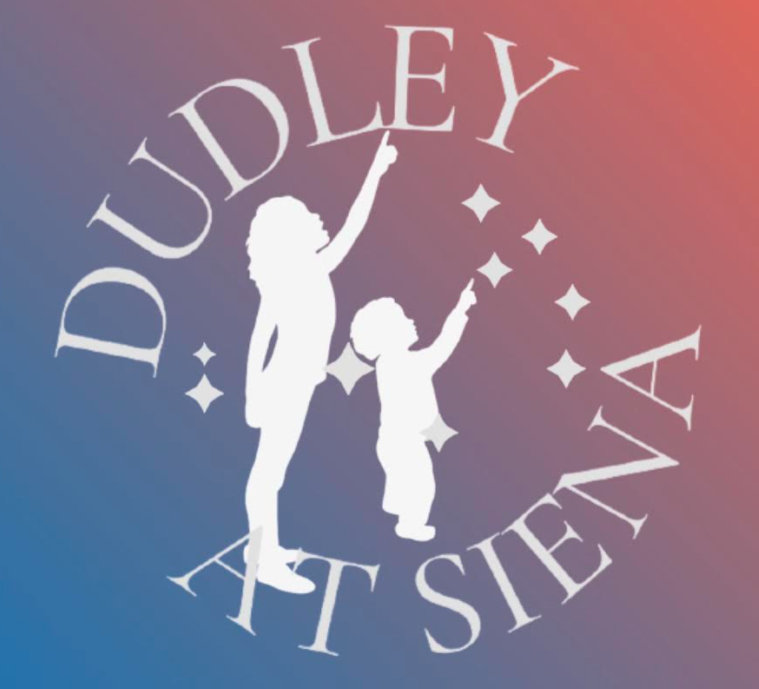Skywatch Line for Friday, October 31, through Sunday, November 2, written by Sam Salem
This is Dudley Observatory’s Skywatch Line for Friday, October 31, through Sunday, November 2, written by Sam Salem.
On Friday, Sun rises at 7:29am and sets at 5:49pm; Moon sets at 1:17am and rises at 3:22pm. Daylight-saving time ends at 2am on Sunday.
On the Halloween evening, the waxing gibbous Moon shines in the south with Saturn glowering to its left, by almost two fists at arm’s length. Farther below the Moon twinkles the lonely star Fomalhaut, the brightest star in constellation Piscis Austrinus the Southern Fish. The waxing gibbous Moon will shine near Saturn on Saturday and Sunday evenings. Look for them as darkness falls. They’ll set a few hours after midnight.
Saturn, magnitude +0.9, sits high in the southeast at nightfall. The Great Square of Pegasus poses upper left of it early in the evening and straight above it by the time Saturn transits the meridian around 10pm.
Try to spot Mercury using binoculars, bout 20 minutes after sunset, a little above the west-southwest horizon. Mercury, magnitude –0.2, remains very low in the bright afterglow of sunset.
Venus, magnitude –3.9, rises due east around the beginning of dawn. Locate Spica, the brightest star in the constellation Virgo, to the lower right of Venus. They will be 3.6° apart early in Saturday’s dawn. Spica, magnitude +1.0, is only 1% as bright as Venus, magnitude –3.9. On Sunday morning they’ll be 3.5° apart.
Jupiter, magnitude –2.3, in eastern Gemini, rises around 11pm. It dominates the east, then the southeast, as the late night advances. Castor and Pollux shine upper left of it.
By the beginning of dawn, the three stand very high in the south.
Algol, the Demon Star is easy to find, especially around the Halloween. First look for the W or M-shaped constellation Cassiopeia the Queen. Star-hop from there to the constellation Perseus the Hero. Look below Cassiopeia toward the horizon to spot Algol’s home constellation, Perseus. Algol is one of the brightest stars in Perseus. The Demon Star appears for at least part of the night all year round. But it’s best seen in the evening sky from autumn to spring. It’s visible in the northeast sky in autumn, shines high overhead in winter, then swings to the northwest sky by spring.
The star is associated with a mythical scary monster, Gorgon Medusa, who had snakes in place of hair. It’s said that her appearance was so terrifying that anyone who looked at her would turn to stone. The star name “Algol” comes from an Arabic word meaning the Monster of the Demon. Early stargazers related the star Algol with the Gorgon Medusa, probably because of its variable brightness. They might have associated it with the evil, winking eye of the Medusa.
